A Look at Crossdressing in Japan
In some societies, crossdressing is often viewed as taboo. However, it is a popular and widely accepted subculture among men in Japan. Known as otokonoko, or “male daughters,” men who enjoy dressing as women are a common sight in public spaces throughout Japan.
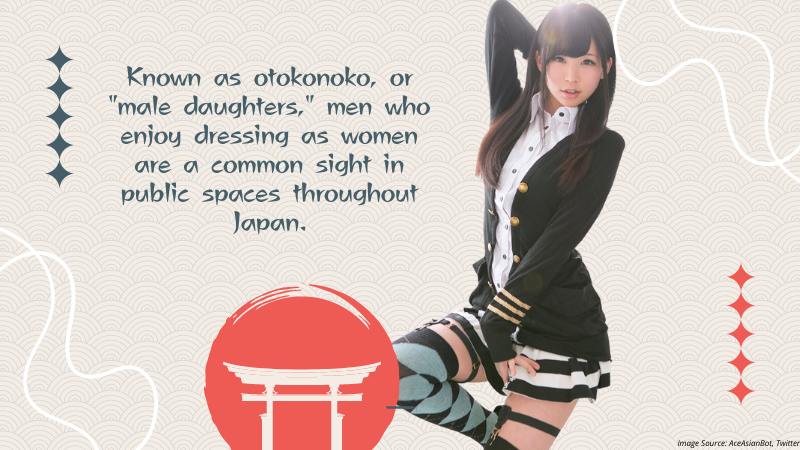
Despite the relatively accepting attitude towards crossdressing in Japan, it is still considered a controversial topic. A good number of people view it as a form of self-expression, while others see it as a form of sexual fetishes. However, most people in Japan see it as simply a fun hobby or fashion choice.
If you want to learn more about crossdressing in Japan, you’re in the right place. I’ll offer all the information you need to know. Of course, it is important to be respectful of other people’s choices and boundaries. Second, don’t be afraid to experiment and have fun with your clothing and makeup. Let’s dig deeper into the discussion.
1. How is crossdressing in Japan, and why do people do it
Crossdressing in Japan is not as uncommon as one might think. In fact, many people enjoy dressing up in clothes typically associated with the opposite sex. There are many reasons why men choose to crossdress, including for fashion, fun, or to express their true identity.
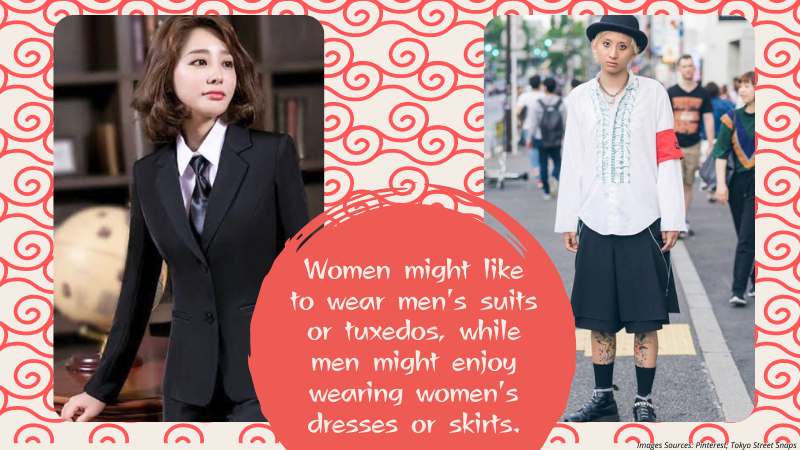
One of the main reasons for crossdressing among most people in Japan is for fashion or fun. Many Japanese people enjoy expressing their style through clothing, and dressing up in clothes typically associated with the opposite sex can be a great way to do that. For example, women might like to wear men’s suits or tuxedos, while men might enjoy wearing women’s dresses or skirts. It’s all about having fun with fashion while also enjoying yourself.
Another reason that people crossdress is to express their true identity. For some people, the clothes they wear daily don’t accurately reflect who they are on the inside. Crossdressing allows them to express themselves in a more authentic way and be true to their inner selves.
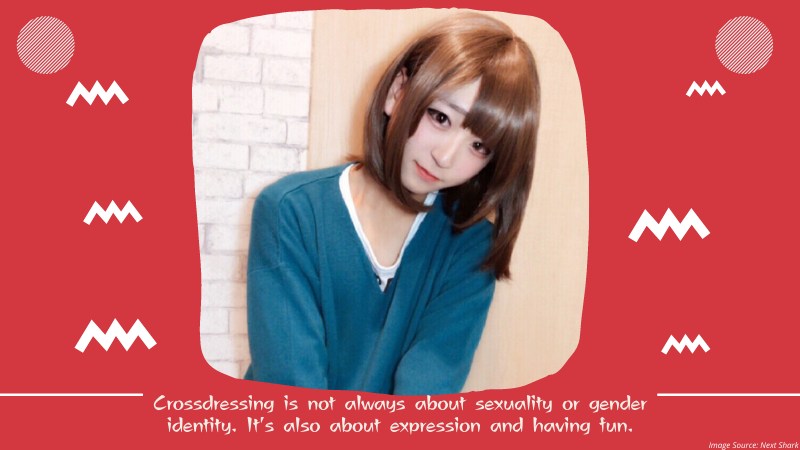
There are many more other reasons why someone might choose to crossdress, such as trying on a new persona, feeling liberated from societal norms, or simply enjoying the act of dressing up. Despite what some people may think, crossdressing is not always about sexuality or gender identity. It’s also about expression and having fun.
Those of us who’ve been to Japan know that the country is very accepting of people who crossdress. It’s not uncommon to see men dressed as women and vice versa.
So, how is crossdressing viewed in Japan? And what are the associated social norms and expectations?
Generally speaking, crossdressing is seen as perfectly normal in Japan. It’s not considered weird or strange, and no negative connotations are associated with it.
Of course, as with anything under the sun, there are always exceptions to the rule. Some people may not be comfortable with crossdressing, and that’s perfectly fine. But by and large, it’s an accepted part of Japanese culture.
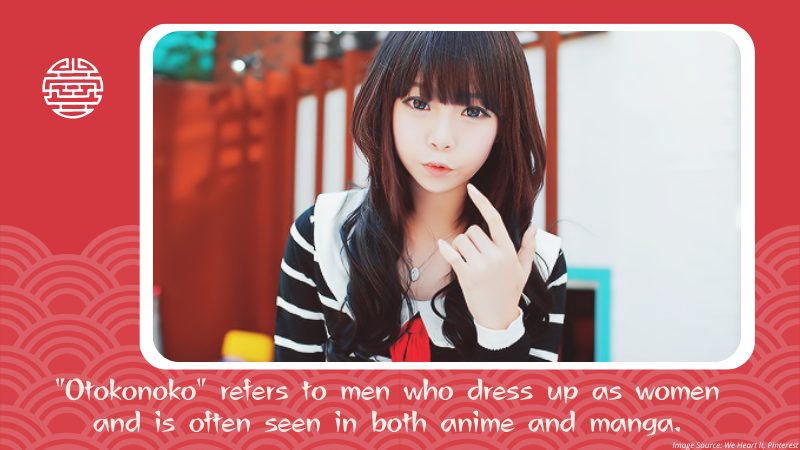
One of the most popular forms of crossdressing in Japan is known as “otokonoko.” This refers to men who dress up as women and is often seen in anime and manga.
Otokonokos dress in feminine clothing, wear makeup, and may even use falsies to enhance their appearance. They often adopt feminine mannerisms and speech patterns as well.
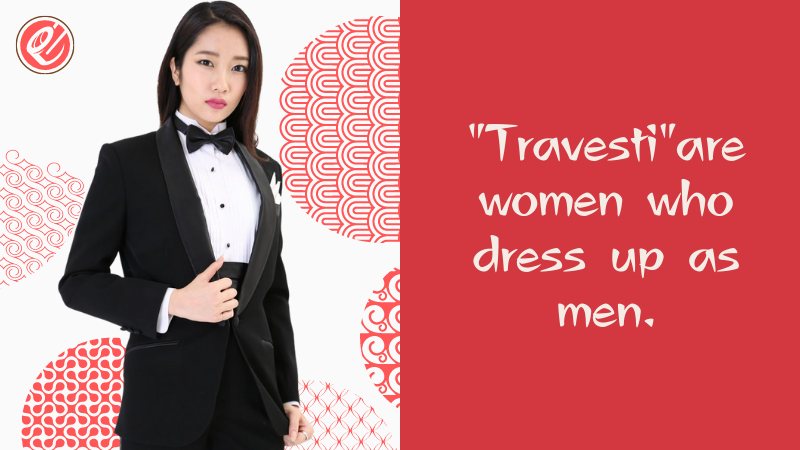
While otokonoko are usually men, some women dress up as men. This is known as “travesti” in Japan.
Travestis dress in masculine clothing, and may even smoke cigarettes and drink alcohol. They often adopt masculine mannerisms and speech patterns as well.
Overall, crossdressing is widely embraced in Japan. It’s seen as a way to express yourself, and isn’t judged or ridiculed like in some other countries. Anyone growing up in the West might find it refreshing to see that people can be open-minded and accepting in Japan.
So, if you’ve ever felt like dressing up as the opposite gender, or have been interested in learning more about crossdressing in Japan, this is an excellent place to start!
3. What are some of the challenges that crossdressers face in Japan?
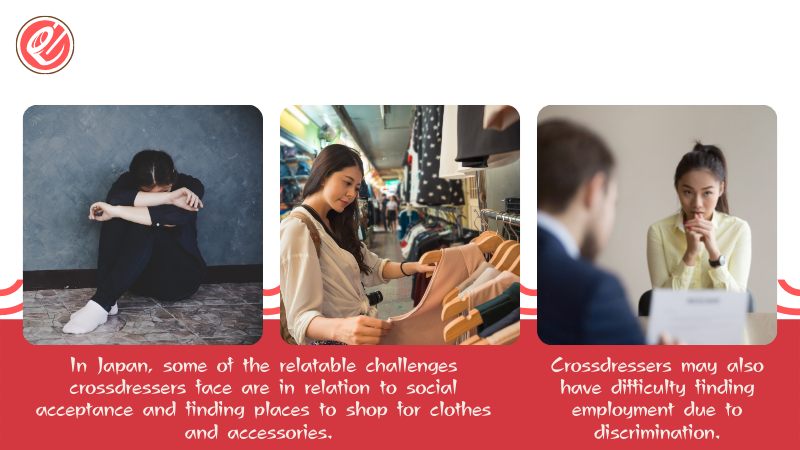
In Japan, some of the relatable challenges crossdressers face are in relation to social acceptance and finding places to shop for clothes and accessories. Additionally, crossdressers may also have difficulty finding employment due to discrimination. Nevertheless, there is a growing number of people who are accepting of crossdressers in Japan, and there are now more resources available to help them with their challenges.
4. Are there any positive aspects to crossdressing in Japan, and if so, what are they?
While crossdressing is often seen as taboo in many cultures, it is quite a common practice in Japan. There are even entire subcultures devoted to crossdressing!
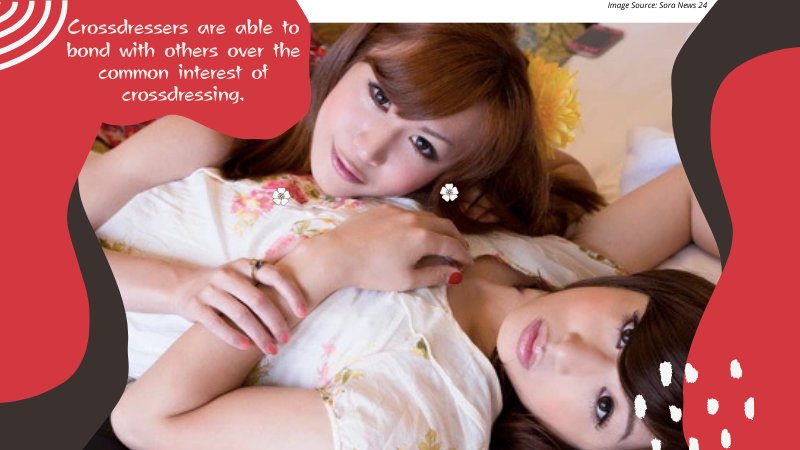
So what are some of the positive aspects of crossdressing in Japan? For starters, it can be incredibly freeing and liberating. Many people who crossdress as a hobby or way of expression may find that it helps them to become more comfortable in their own skin and can even help them to embrace their true identity. This sense of freedom and self-acceptance is incredibly valuable, no matter your culture! They can bond with others over the common interest of crossdressing.
Additionally, many people who enjoy crossdressing say that it helps them to understand the opposite sex better. Whether they are cisgender men dressing up as women, or vice versa, they appreciate a deeper understanding of how those around them experience the world.

Overall, there are many positive aspects to crossdressing in Japan. From increased self-confidence and acceptance to a broader perspective on the world around us, these unique subcultures are something we celebrate as an important part of Japanese culture and history!
5. Who are some famous Japanese crossdressers in history?
Japan has had a fair share of renowned crossdressers in its history. These men came from different backgrounds and for a variety of reasons, but we do know that they were all famous in their own ways!
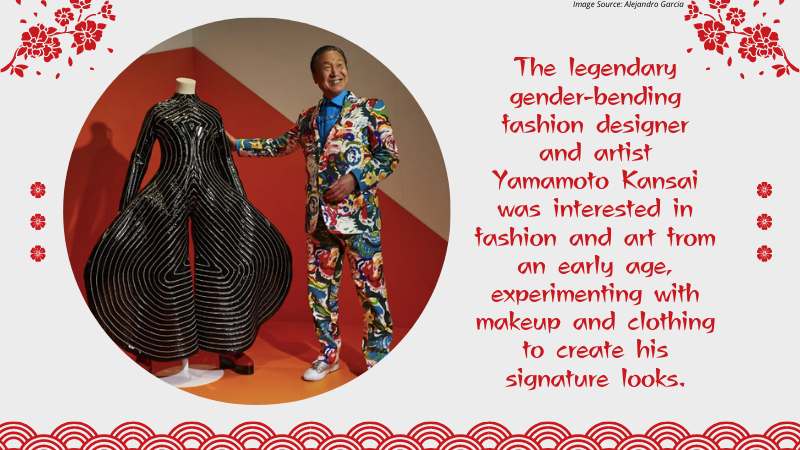
For instance, let’s take the legendary gender-bending fashion designer and artist Yamamoto Kansai. He was interested in fashion and art from an early age, experimenting with makeup and clothing to create his signature looks. His work was highly praised by many celebrities and critics alike, even leading to him having a museum dedicated to his work in Yokosuka! Below are more Japanese crossdressers in history.
1. Onnagata
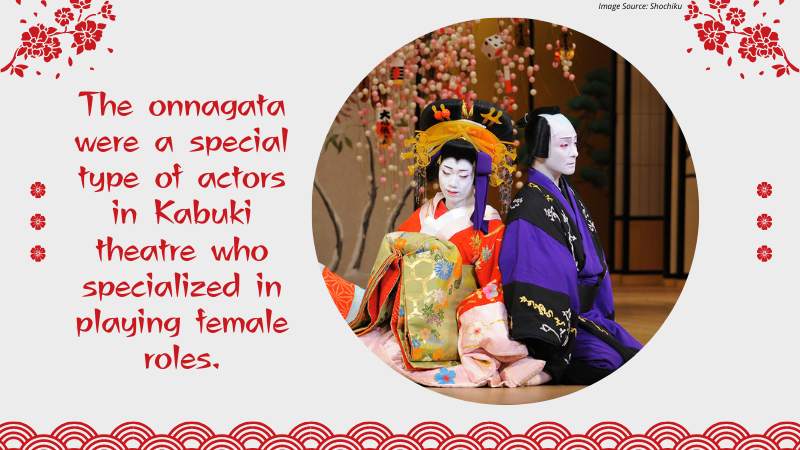
The onnagata were a special type of actors in Kabuki theatre who specialized in playing female roles. In addition to their elaborate costumes and makeup, onnagata also often wore women’s wigs and false breasts.
2. Takezou
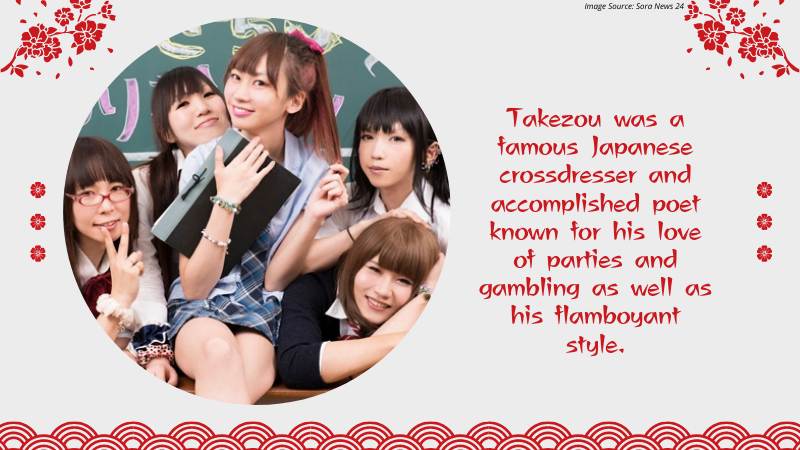
Takezou was a famous Japanese crossdresser who lived in the Edo period. He was known for his love of parties and gambling as well as his flamboyant style. Takezou was also an accomplished poet, and his verses are still popular today. However, some say that his crossdressing was unmatched.
3. Yoshida Kenko

Yoshida Kenko was a medieval Japanese courtier and writer. He is mostly known for his Essays in Idleness, a collection of short essays on a variety of topics. Kenko wrote in one of his essays about how he enjoyed dressing up in women’s clothing and makeup.
4. Mizoguchi Harem
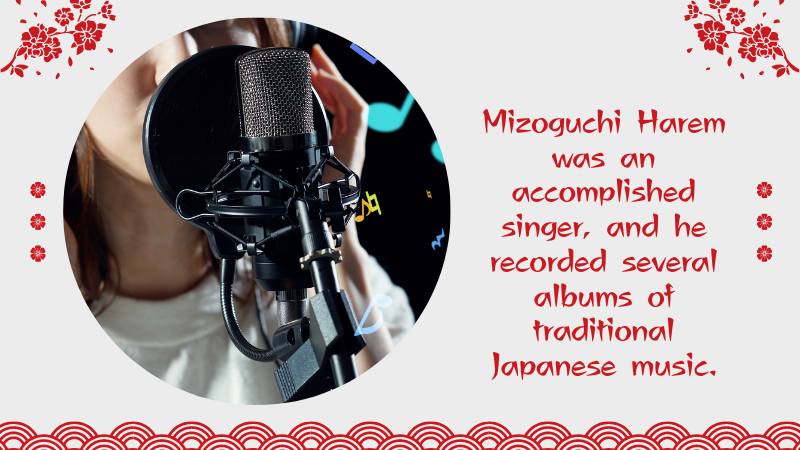
Mizoguchi Harem was a famous Japanese crossdresser who lived in the early 20th century. He was known for his outrageous style, and he often scandalized Japanese society with his antics. Harem was also an accomplished singer, recording several albums of traditional Japanese music.
Check the selected best male-to-female crossdressers among popular male celebrities
6. How might Japanese culture change with regard to crossdressing in the future?
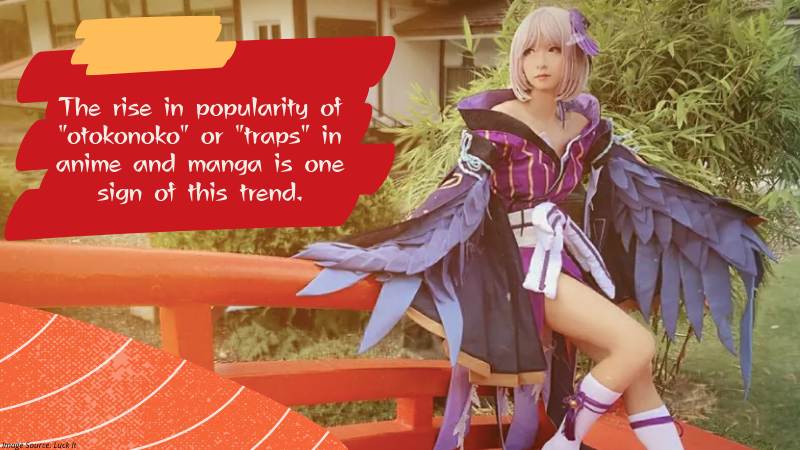
Looking at Japanese culture today, it’s not hard to see that crossdressing is becoming increasingly popular. For example, the rise in popularity of “otokonoko” or “traps” – mostly boys who dress up as girls – in anime and manga is one sign of this trend.
So what does the future hold for crossdressing in Japan? Will it become more accepted? Or will it generally be considered a taboo?
Only time will tell. But one thing is for sure: the way Japanese people think about crossdressing is changing as in progressiveness, and it’s a thing we should all be excited about!
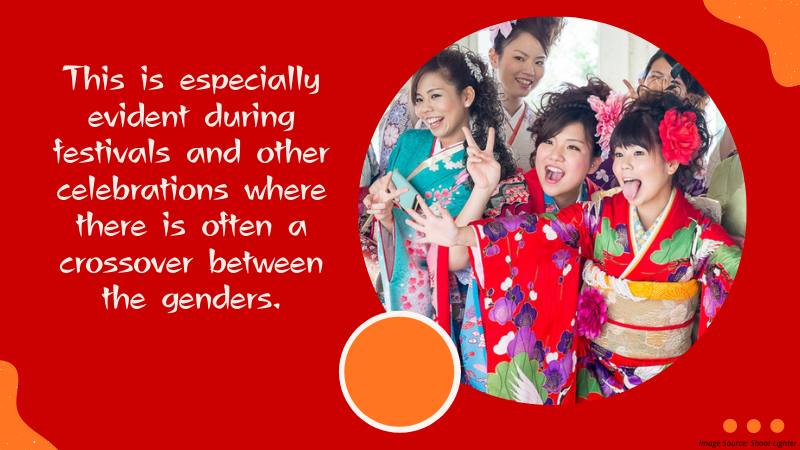
Japanese culture has, over time, become more accommodative of crossdressing. It’s normal to see men dressed as women in public. This is especially evident during festivals and other celebrations where there is often a crossover between the genders.
While crossdressing is more accepted in Japan than in many other cultures, some still consider it somewhat taboo. Crossdressing men are often seen as effeminate and are often ridiculed by society on a larger scale. However, there has been a growing acceptance of crossdressers in recent years, with more people becoming open-minded about gender expression.
I hope the information I’ve provided will help even as you seek to learn more about Japanese crossdressing! Thank you for reading. Be sure to drop us a comment or leave us a message.
Tagged With:Crossdress-Asia , crossdress-Japan
- What is a Crossdresser? Understanding the Behavior, Its Origins, and Social Context
- Crossdresser vs. Transgender: What’s the Difference and Why Does It Matter?
- Why Do Some Straight Men Enjoy Crossdressing?
- 7 Best Mtf Trans and Crossdresser Podcasts in 2024
- Journey With Roanyer : Your Beginner Crossdressing Store
- The Intersection of Cosplaying and Crossdressing
Established in 2009, We are a recognized manufacturer and seller of professional crossdressing products.
It is our aim to become not just the most creative manufacturer but also a very considerate seller, as we provide the best quality products for crossdressers all around the world.

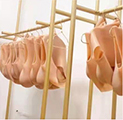



















 Breast Forms
Breast Forms  Body Suit
Body Suit  Realistic Mask
Realistic Mask  Femini Girdle
Femini Girdle Hip & Butt Enhancement (8)
Hip & Butt Enhancement (8) Penis Prosthesis
Penis Prosthesis Fake Muscle
Fake Muscle Bikini
Bikini  Wig
Wig  Corsets
Corsets Course
Course service@roanyer.com
service@roanyer.com +8618652200711
+8618652200711 Facebook
Facebook YouTube
YouTube Twitter
Twitter Instagram
Instagram




